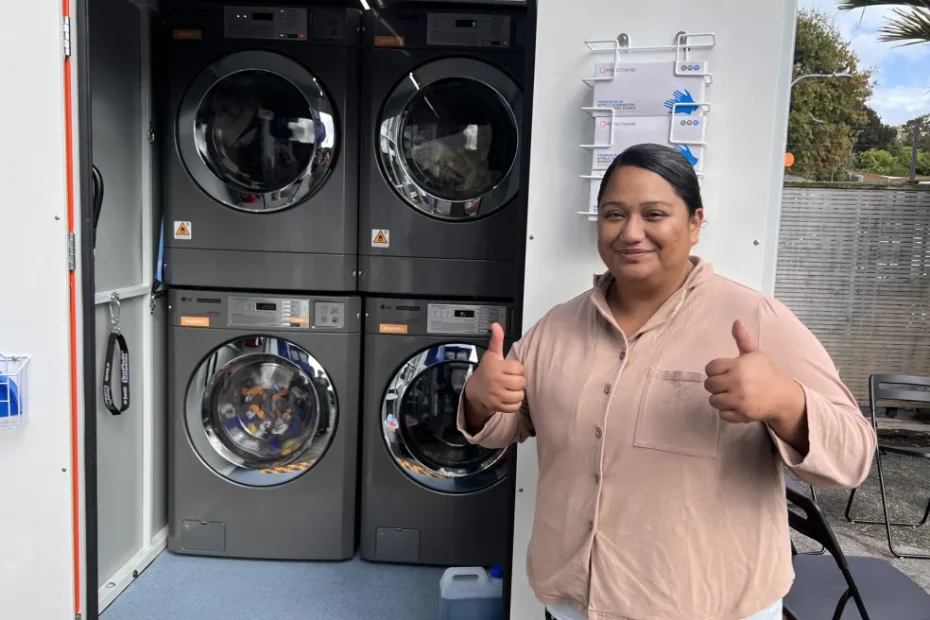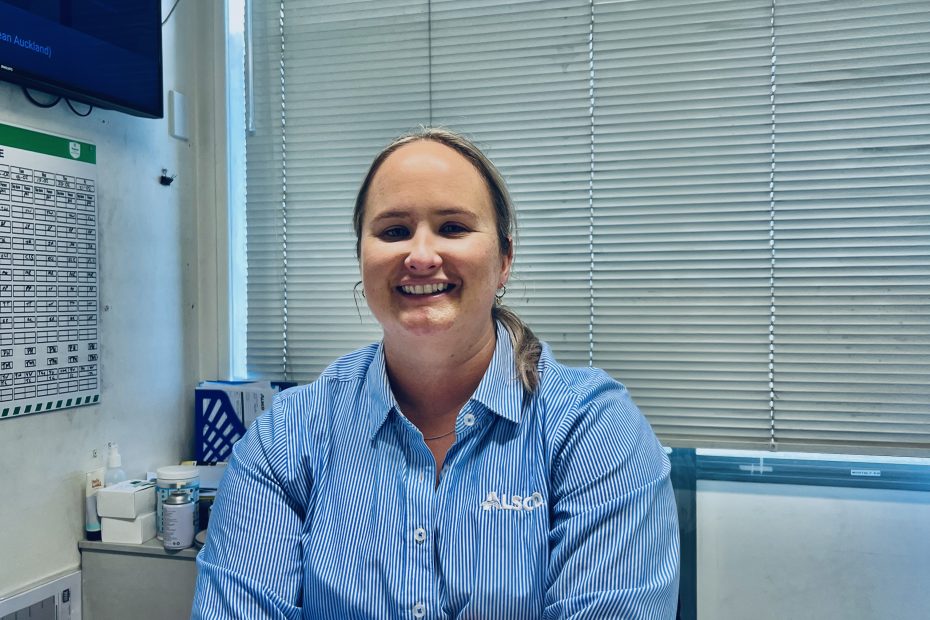An awareness that microorganisms on a person’s hands can be a source of cross-infection and a means by which infectious diseases can be transmitted has been appreciated for over 100 years and followed on from the studies of Dr I.P. Semmelweis who dramatically cut the death rate from infection in his delivery ward by insisting on strict hand washing and disinfection.
There is no shortage of scientific papers in the medical literature on the subject but close inspection will show that the emphasis has always been on the effect of handwashing and disinfection on microbial numbers on the hands –not on what happens after washing.
Washing hands is only a small part of the hygiene story
Research by Dr Tom Miller and colleagues Daniel Patrick and Glenne Findon from the Department of Medicine at the University of Auckland and published in the influential journal, Epidemiology and Infection, have produced startling results showing that hand washing is only part of the hand hygiene story.
According to Dr. Miller hand drying after washing is an additional and critical factor limiting the spread of infection by touch contact.
This topic is particularly important in crowded workplaces, such as restaurants and schools.
Interested in the best hand hygiene practices in school washrooms? Read through the linked guide and learn everything you should know about making schools safe environments for all our children and school staff.
Here’s why it all matters so much.
When items are touched by hands that have been washed but not dried properly many thousands of microorganisms can still be transferred. Dr Miller quotes figures of 60,000 microorganisms being transferred to the skin of a person being touched with damp hands and 40,000 microorganisms being transferred to samples of food. Moisture left on the hands acts as a bridge allowing alarmingly high numbers of bacteria to be transferred by touch contact, says Dr Miller.
These figures contrast with the situation when the hands are carefully dried after washing. With proper hand drying, the numbers transferring with touch contact can be reduced to less than 100.
The research, which used a recyclable textile (cloth) dispensing unit to dry the hands, has important implications for hand hygiene practices in situations where infection control is a priority. Hospitals are an obvious target but the basic principles apply equally well to other hygiene sensitive areas such as food outlets, childcare centres, rest homes for the elderly and in the family home where a caregiver might be moving between a sick member, food preparation and other domestic tasks.
One outcome of the research is that hand drying is now regarded as an integral part of hand hygiene and most international guidelines for hand hygiene practices include a requirement for hand drying.
Best practice for hand drying
Studies carried out in the Department of Medicine, the University of Auckland in recent years by Dr Tom Miller and Daniel Patrick have shown hand drying following a careful hand wash is a critical factor that determines the effectiveness of a hand hygiene practice. The research identified moisture on the hands as a potent “microbial mobilizer” and demonstrated that the degree to which microorganisms can be spread by touch contact is closely related to the level of moisture on the hands when touch contact occurs. In practical terms, hygiene facilities need to include a readily assessable hand basin, running water soap and an efficient means of hand drying.
Experiments carried out using recyclable cloth towelling dispensers have shown cloth towelling to be an effective means of hand drying. However, because the cloth is becoming progressively damp as water is removed, it is difficult to remove moisture to a level that can be considered “safe.”. The researchers have gone on to develop and test a dual-system hand drying protocol that they consider to be “Best Practice”. In the dual system that was evaluated, a cloth towel from a dispensing unit was used first to remove the bulk of water left on the hands after washing. In the second phase, hands were held under a hot air towel to remove residual moisture.
Recommendations arising from the research are that the hands be dried for 10 seconds with the cloth towel followed by a further 10 seconds under an air towel. The protocol has been promoted as the 10/10 procedure. Evidence supporting the 10/10 concept is compelling. Experiments that involved subjects handling skin, food and utilities with wet hands or hands dried using the dual system,10/10, protocol demonstrated just how effective careful hand drying can be at reducing microbial transfer by touch contact.
| Contact surface | Wet hands | dual drying, 10/10 procedure |
|---|---|---|
| Skin | 71,000 microorganisms | 330 microorganisms |
| Food | 11,700 microorganisms | 1,600 microorganisms |
| Utilities | 2,500 microorganisms | 85 microorganisms |
Microbial numbers contaminating skin, food and utilities were therefore reduced 99.5%, 84% and 90% respectively when subjects dried their hands using the dual system, cloth and air towel combination. In the absence of an air towel, it is recommended that residual moisture is removed using a fresh, dry section of a cloth towel. i.e. two 10 second dries using the cloth towelling.





